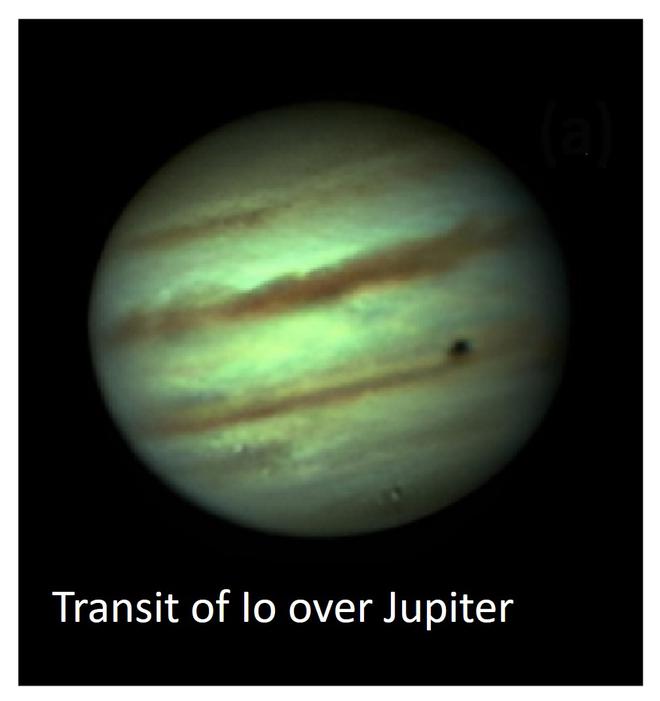Steeped in rich history and nestled in the heart of the State capital, Thiruvananthapuram Astronomical Observatory once stood as a beacon of modernity of the erstwhile princely state of Travancore.
Envisioned as a means of scientific exchange between established schools of mathematics and astrology in Travancore and the Western science of astronomy in 1837, the observatory was utilised to record magnetic and meteorological observations.
The Earth-based astronomical observatory continues its fight for relevance even in this age of remote and robotic astronomical imaging with a plethora of satellites orbiting the planet and imaging the cosmos.
Its efforts in popularising astronomy has propelled the facility to join an elite list of observatories to be acknowledged by the prestigious Nature Astronomy journal. An article published a week ago has highlighted the 186-year old observatory’s recent technological upgrades.

Modernisation efforts
Expressing pride over the global acclaim, R. Jayakrishnan, the Honorary Director of the observatory, who has been overseeing the ongoing modernisation efforts, said the paper recorded the first light visuals from the observatory covering the transit of the natural satellite Io over Jupiter on December 22 last; the Great Red Spot (a large anticyclonic storm in Jupiter’s atmosphere) observed on October 27 last; and more recently, the comet C/2022 E3 (ZTF) that was visible from February 13 to 18.
He pointed out that publications on celestial object imaging and tracking from the Indian subcontinent are rare in Nature publications.
Policy shift
While the observatory had been handed over to Kerala University in 1971, a change in policy in 2018 to throw the facility open to the public and develop it as a scientific tourist destination has paved the way for a consistent increase in visitor footfall. After a lull during the COVID-19 pandemic, Jupiter’s opposition (when the planet comes close to the Earth every 13 months) on September 26 last provided an impetus in arousing curiosity among the public. The possibility of viewing celestial events using telescopes was further stimulated with the arrival of the comet this year.
Prof. Jayakrishnan has set his sights on establishing an astronomical museum that will display rare antiques including a 5-inch working refractive telescope and a working transit clock that were imported from London in 1841.







